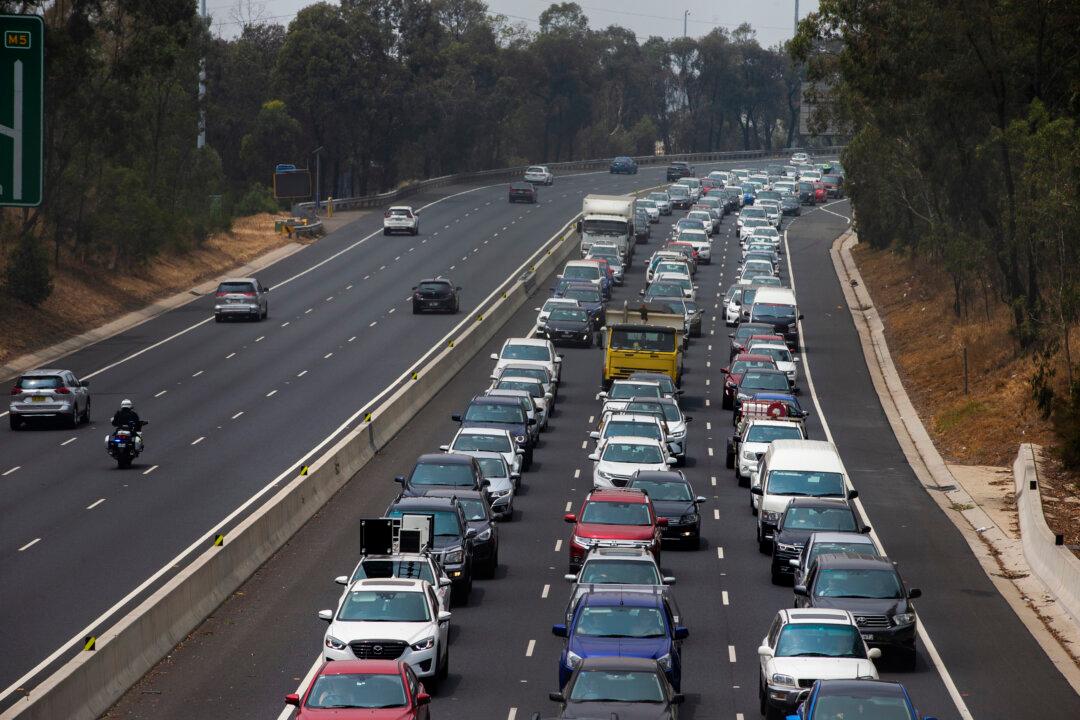The strongest wage growth since 2013 has seen an average bump of $81 to the pay packets of Australian workers, as wages top the rate of inflation for the first time since 2021.
According to new seasonally-adjusted figures released by the Australian Bureau of Statistics (ABS) for the December 2023 quarter, the average weekly ordinary time earnings for adults working full-time increased by 0.9 percent to $1,888.80, coupled with a rise of 4.2 percent across the year.





